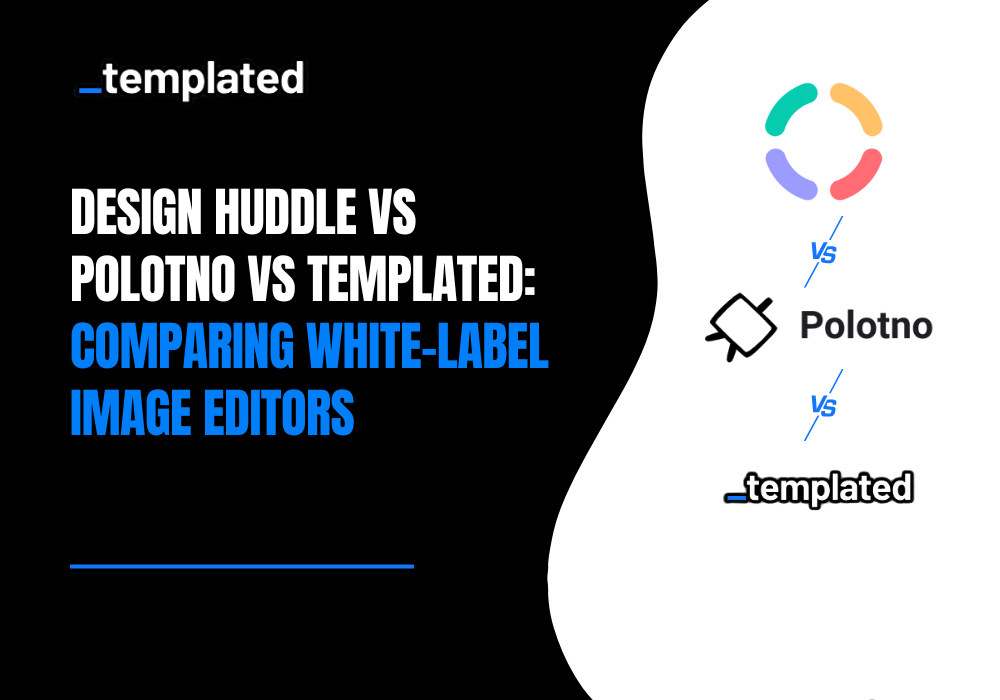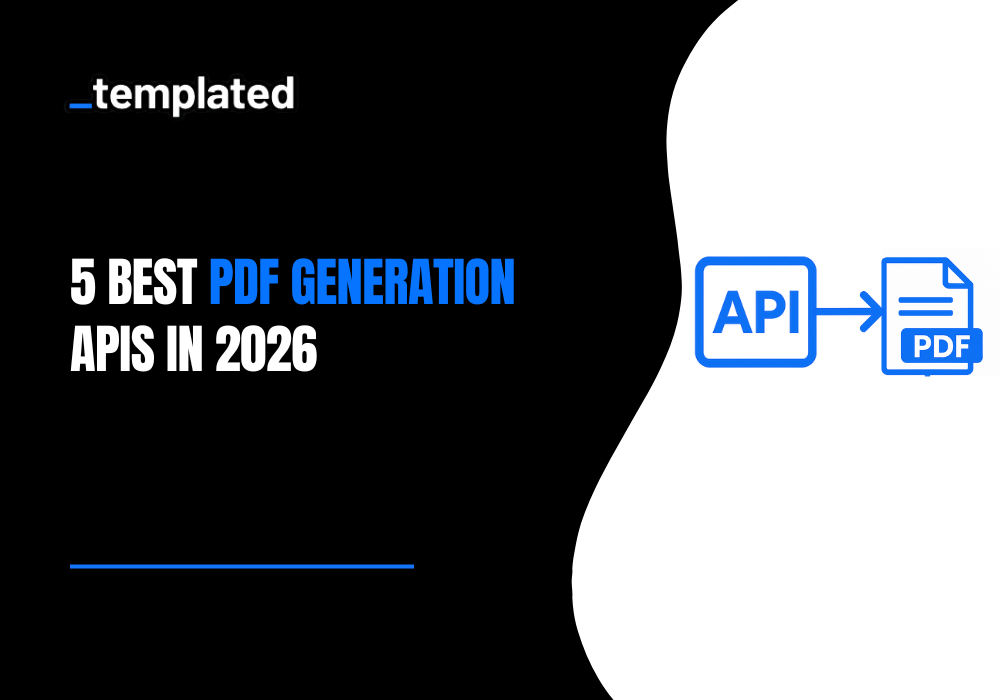· learn · 5 min read
What is the difference between Pyppeteer and Puppeteer?
Understand the main differences between those two tools capable of automating browsers

What is the difference between Pyppeteer and Puppeteer?
When it comes to web scraping and automated testing, Pyppeteer and Puppeteer are two powerful tools that often come up in discussions. While they may sound similar due to their names, there are some key differences between them.
Pyppeteer is a Python library that provides a high-level API for controlling headless Chrome or Chromium browsers. It offers a simplified interface and easy-to-use functions, making it a popular choice among Python developers. On the other hand, Puppeteer is a Node.js library that provides a similar functionality but for controlling Chrome or Chromium browsers with JavaScript.
Both Pyppeteer and Puppeteer allow developers to manipulate web pages, interact with UI elements, and take screenshots or generate PDFs. However, Pyppeteer’s Python syntax makes it a go-to choice for developers who prefer working in Python, while Puppeteer’s JavaScript-based approach appeals to those who are already familiar with Node.js or prefer using JavaScript for automation tasks.
Whether you choose Pyppeteer or Puppeteer for your web scraping or automated testing needs, both tools offer powerful capabilities and flexibility to help you achieve your goals.
Overview of Puppeteer and Pyppeteer
Puppeteer and Pyppeteer are both powerful tools used for web scraping and automated testing. They allow developers to control headless Chrome or Chromium browsers, manipulate web pages, interact with UI elements, and generate screenshots or PDFs. While they share similar functionalities, there are some key differences between the two.
Puppeteer is a Node.js library that provides a high-level API for controlling Chrome or Chromium browsers using JavaScript. It was developed by the Chrome team at Google and has gained popularity among developers due to its extensive feature set and ease of use. With Puppeteer, developers can write scripts to automate tasks such as form filling, navigation, and data extraction.
Pyppeteer, on the other hand, is a Python library that offers a simplified interface for controlling headless Chrome or Chromium browsers. It aims to provide a Pythonic way of interacting with Puppeteer’s functionality. Pyppeteer makes it easy for Python developers to harness the power of Puppeteer without having to write JavaScript code.
Similarities between Puppeteer and Pyppeteer
Despite their differences, Puppeteer and Pyppeteer share many similarities in terms of functionality. Both libraries allow developers to control headless Chrome or Chromium browsers and perform tasks such as navigating to URLs, interacting with elements on web pages, and capturing screenshots or generating PDFs.
Both Puppeteer and Pyppeteer provide high-level APIs that abstract away the complexities of interacting with the underlying browser. This makes it easier for developers to write concise and readable code. Both libraries also offer support for handling asynchronous operations, which is crucial for tasks such as waiting for page loads or handling AJAX requests.
Furthermore, Puppeteer and Pyppeteer both support the latest versions of Chrome and Chromium browsers. This ensures that developers can take advantage of the latest web technologies and features while using these libraries for automation and scraping tasks.
Differences in language support and syntax
One of the main differences between Puppeteer and Pyppeteer lies in the language support and syntax. Puppeteer is built specifically for use with JavaScript and is designed to be used with Node.js. This means that developers who are already familiar with JavaScript or prefer using JavaScript for automation tasks will find Puppeteer to be a natural choice.
On the other hand, Pyppeteer is a Python library that provides a Pythonic interface for controlling headless Chrome or Chromium browsers. It allows Python developers to leverage Puppeteer’s functionality while using familiar Python syntax and idioms. This makes Pyppeteer an attractive option for Python developers who prefer working in Python or have existing Python codebases.
The choice between Puppeteer and Pyppeteer ultimately depends on the developer’s familiarity with the programming languages and their specific requirements. While Puppeteer is more widely used and has a larger community, Pyppeteer offers a Pythonic alternative for developers who prefer working with Python.
Performance and speed comparison
When it comes to performance and speed, both Puppeteer and Pyppeteer offer similar capabilities. Since Pyppeteer is built on top of Puppeteer, it inherits the underlying performance optimizations provided by Puppeteer. Both libraries leverage the V8 JavaScript engine and the Chrome DevTools Protocol to control headless Chrome or Chromium browsers.
However, it’s worth noting that JavaScript is generally faster than Python when it comes to execution speed. This means that Puppeteer, being a JavaScript-based library, may have a slight advantage in terms of performance compared to Pyppeteer. However, the performance difference is often negligible for most automation and scraping tasks.
It’s important to consider that the performance of web scraping or automation tasks is not solely dependent on the library used. Factors such as network latency, the complexity of the web page being scraped, and the efficiency ofthe code and the complexity of the algorithms used.
Compatibility and platform support
Both Puppeteer and Pyppeteer are compatible with the latest versions of Chrome and Chromium browsers, ensuring access to the latest web technologies. Puppeteer provides excellent cross-platform support with precompiled binaries for Windows, macOS, and Linux. Pyppeteer, as a Python library, is platform-agnostic and can be installed via pip, supporting Python versions 3.6 and above.
Community and documentation
Puppeteer boasts a large, active community with extensive documentation, making it a popular choice among developers. Pyppeteer, while newer and with a smaller community, is growing in popularity among Python developers and offers ample resources for getting started and troubleshooting.
Use cases and examples
Both libraries are suited for web scraping, automated testing, and web automation, offering tools to navigate web pages, extract information, and simulate user interactions. The choice between Puppeteer and Pyppeteer should be based on the developer’s programming language preference and specific requirements.
Other Python libraries
There are other Python libraries capable of converting HTML to PDF and you can find more information about it in this article on How To Convert HTML to PDF with Python.
Conclusion
In summary, Pyppeteer and Puppeteer offer similar functionalities for web scraping and automated testing but differ in their programming language support—Python for Pyppeteer and JavaScript for Puppeteer. Developers should choose based on language preference, with both libraries providing powerful capabilities for web automation tasks.
Automate your content with Templated



